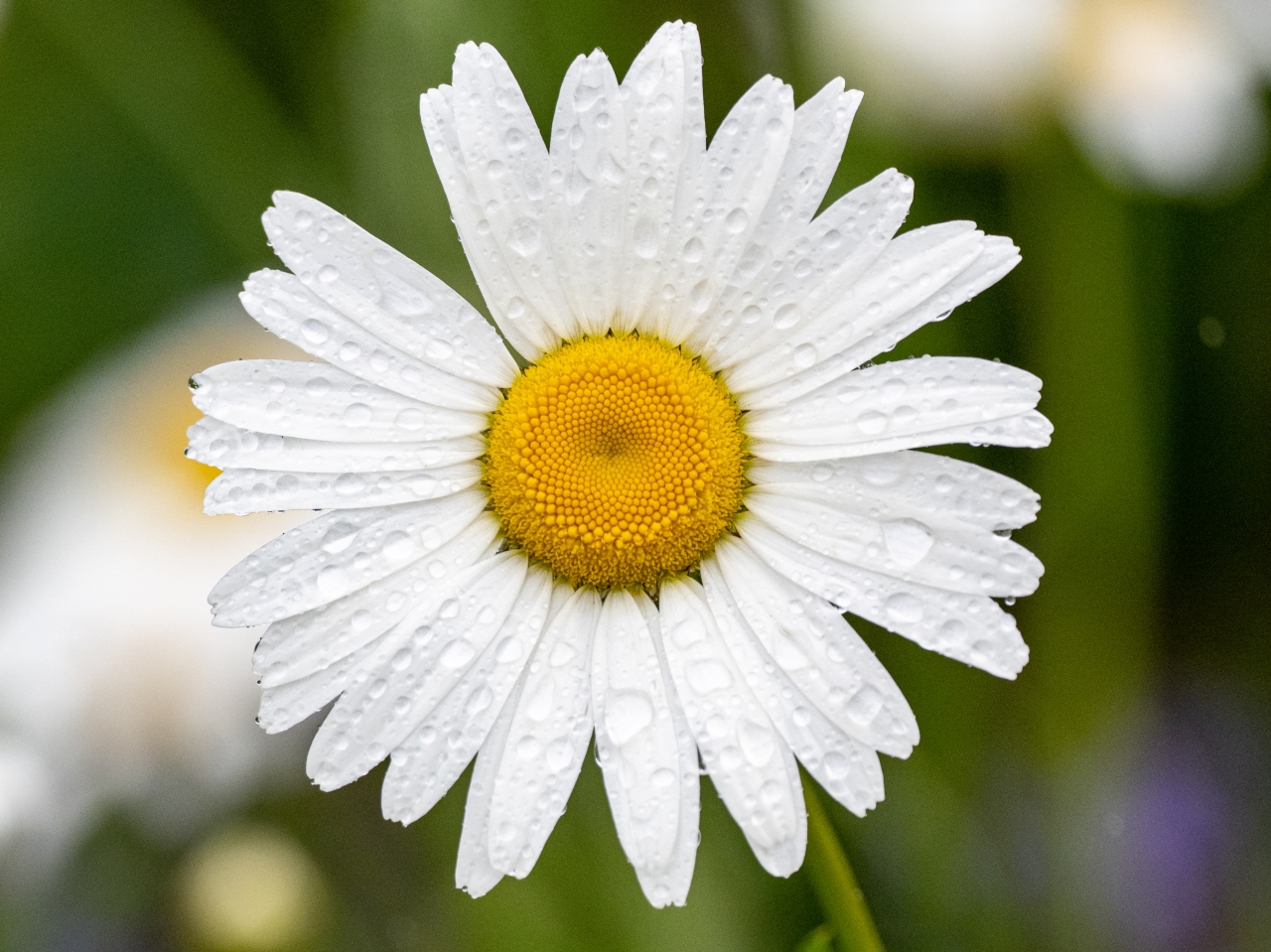Threatened by Mining, A Tiny Daisy Needs Your Help - California Native Plant Society
- Read original article here

For many botanists and plant lovers, our sense of place is inextricably linked to the plants that grow there. It’s difficult to imagine the Northern California coast without its ancient redwoods or the Mojave Desert bereft of Joshua trees. For some, the Inyo rock daisy (Perityle inyoensis) is emblematic of the southern Inyo Mountains, an arid mountain range located between Death Valley National Park and the Eastern Sierra.
The Inyo rock daisy is endemic to the southern Inyo Mountains, the ancestral homelands of the Lone Pine Paiute Shoshone and Timbisha Shoshone Tribal nations. The plant is of cultural importance and also a valuable component of California’s natural heritage. Thisrare daisy is one of very few species in the area that bloom during the hot summer months and plants typically host an abundance of pollinators.Unfortunately, the growing possibility of an industrial-scale mine threatens to sever this important connection between plant and place.
A perennial subshrub in the sunflower family, the Inyo rock daisy lives on sparsely distributed calcareous rock outcrops and cliffs. The plants are easy to spot in the hot summer months when the yellow discoid heads are in full bloom.Unlike thistles or dandelions, its fruits lack a well-developed pappus—a furry or spinelike appendage that disperses seed and might help reseeding in an unsuitable habitat.Like most species in the rock daisy group, individuals are thought to be self-incompatible, and pollen from relatively distant individuals is needed for successful reproduction. The Inyo rock daisy’s entire range is approximately 20 square miles. The species has no other home.
Over the last four years, a Canadian mining exploration company has been laying the groundwork for what could become a large open-pit mine in the heart of the rare daisy’s range. The company has been quietly pursuing an extensive drilling program in the area, despitea short-lived decision announced in Marchto indefinitely suspend mining operations. In 2019, the company apparently uncovered evidence of a large “Carlin-type” gold deposit. This form of gold is submicroscopic and requires vast amounts of excavated ore; on average one ton of ore is processed to produce two grams of gold, according to arecent report.
Regardless of whether this particular company decides to move forward with more drilling, the majority of Inyo rock daisies live on or near mining claims that are open to development under the 1872 Mining Law. Due to its small population size, the little Inyo rock daisy is also especially vulnerable to climate change, drought, and invasive plant species.
Currently, the California Fish and Game Commission (FGC) is considering a petition to list the Inyo rock daisy under the California Endangered Species Act. Listing it as threatened or endangered would provide formal legal protections aimed at preventing extinction and ensure the utmost scrutiny of activities that could jeopardize the continued existence of the species. To inform the FGC’s decision-making process, the California Fish and Wildlife Service (CDFW) is preparing a peer-reviewed report, including a listing recommendation that will be based on the best scientific information available. Members of the public areinvitedto submit comments and additional data by Wednesday, November 30 to be considered for the report. You can submit letters to the CDFW by email atNativePlants@wildlife.ca.gov;please see this template letter for inspiration. Be sure to include “Inyo rock daisy” in the subject line. You may also submit comments by mail to California Department of Fish and Wildlife, Native Plant Program, Attn: Kristi Lazar, PO Box 944209, Sacramento, CA 94244-2090.
Maria Jesus is currently a Conservation Botanist at California Botanic Garden (CalBG). She is committed to the advancement of native plant conservation, mentoring emerging botanists, and increasing public support and understanding of plant science. Maria recently earned her MS in Botany from CalBG/Claremont Graduate University where she studied the flora of the southern Inyo Mountains.
Images Powered by 
